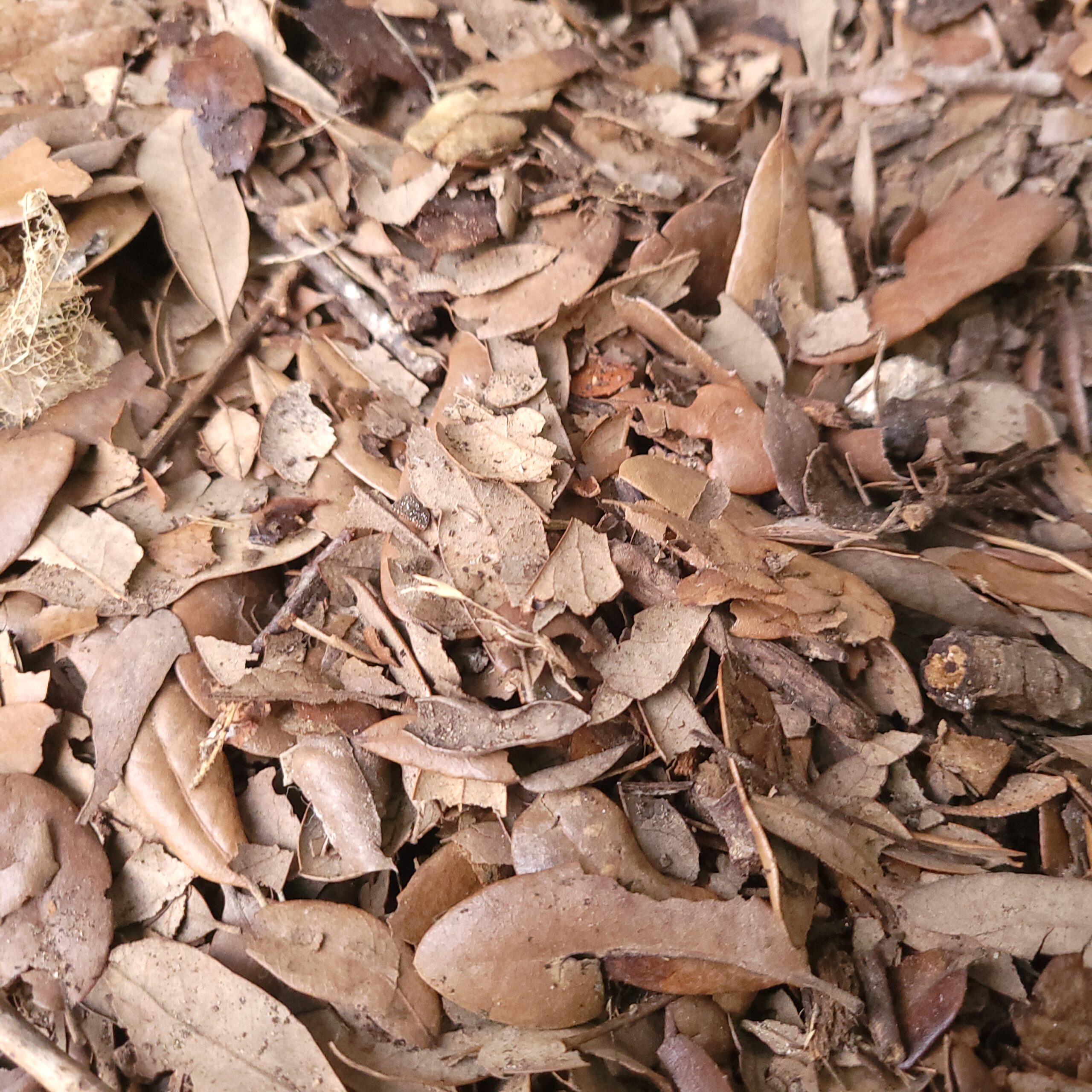Unearthing the Magic of Leaf Mold
Black Gold Lurking in Your Yard
Leaf mold, often referred to as “gardener’s black gold,” is a natural soil amendment that can transform your garden. Created from the simple decomposition of fallen leaves, this crumbly, nutrient-rich material offers a wealth of benefits for plants and soil health. Let’s delve into the world of leaf mold, exploring its creation, benefits, challenges, and how you can harness its magic in your garden.
This blog post contains affiliate links. If you click on a link and make a purchase, we may earn a commission at no additional cost to you. We only recommend products or services we genuinely believe in. Thank you for supporting our work!
Understanding Leaf Mold: Nature’s Compost
Leaf mold is essentially composted leaves. Over time, leaves break down due to the action of fungi, bacteria, and other microorganisms. This decomposition process results in a dark, earthy substance with a texture similar to peat moss. Unlike compost made from kitchen scraps, leaf mold is not a source of immediate nutrients. Instead, it improves soil structure, water retention, and microbial activity, leading to healthier and more productive plants.


Why Leaf Mold is a Garden Superhero
Leaf mold is a gift that keeps on giving to your garden:
- Soil Structure Enhancement: Leaf mold’s crumbly texture loosens heavy clay soils and improves drainage. In sandy soils, it helps retain moisture, acting as a natural sponge.
- Nutrient Reservoir: While not a direct fertilizer, leaf mold gradually releases nutrients as it continues to break down, providing a slow and steady source of nourishment for plants.
- Microbial Boost: Leaf mold is teeming with beneficial microorganisms that contribute to soil health. These microbes aid in nutrient cycling, disease suppression, and overall plant resilience.
- Weed Suppression: A thick layer of leaf mold can help suppress weed growth, reducing the need for weeding.
- Sustainable Gardening: Creating leaf mold is a fantastic way to utilize fall leaves, reducing waste and promoting sustainable gardening practices.
Creating Your Own Leaf Mold: It’s Easier Than You Think
Creating leaf mold is a simple process that requires minimal effort:
- Gather Leaves: Collect fallen leaves in the autumn. A mix of different types of leaves is ideal.
- Shred (Optional): Shredding leaves speeds up the decomposition process. You can use a mulching lawn mower (that’s what we do), or use a dedicated leaf shredder.
- Container or Pile: You can either create a dedicated leaf mold bin (wire enclosures work well) or simply pile the leaves in a corner of your yard.
- Moisture: Keep the leaves slightly damp but not soggy.
- Time: Patience is key. It can take anywhere from six months to two years for leaves to fully decompose into leaf mold. The timing depends on factors like leaf type, moisture, and temperature. Turning the pile every few days will speed up the process.
Overcoming Challenges
While leaf mold creation is generally straightforward, a few challenges might arise:
- Matting: Some leaves, like maples and sycamores, tend to mat together, slowing decomposition. Shredding or mixing in coarser materials can help prevent this.
- Odor: Leaf mold shouldn’t smell bad. If you notice an unpleasant odor, it might indicate the leaves are too wet and need to be turned or aerated.
Conclusion
Leaf mold is an unsung hero in the garden, offering a myriad of benefits for soil health and plant vitality. By embracing this natural resource, you can create a more sustainable and thriving garden ecosystem. So, gather those fallen leaves, let nature work its magic, and unlock the incredible potential of leaf mold in your own backyard. Happy gardening!


